|
|
Two Deputies appear to be cutting holes for a baulk to support the roof in a Cleveland ironstone mine, believed to be Eston, but we await confirmation of this location. Craig Hornby gtells us: ”Fantastic picture! Never seen this one before. Wonder where it was taken. Still with candles in cloth caps so no later than 1930s when carbide came in.” Derick Pearson suggests: ”Due to amount of water sweating in on back face, could it have been Kilton or perhaps Duck Hole mine. They were both often wet like this. Also roof height is more in line with those perhaps?”
Image courtesy of George Pearson and thanks to Craig Hornby and Derick Pearson for the updates.
A miner can be seen drilllng a hole for the charges. He is using a hand ratchet drill, the improvised platform he is standing on looks perilously shaky. David Richardson tells us: ”Image from Eston Mine, a miner drilling a shot hole in the thick seam district (with an average height of 16ft) using a hand rotary drill (likely a Blackett Hutton). Taken around 1925.” Craig Hornby now confirms the date and the reason for the image with: ”Eston 1920 for ‘Iron & Steel Trades Review’”.
Image courtesy of George Pearson; thanks to David Richardson and Craig Hornby for the updates.
After a hole has been drilled a shotfirer is seen charging the hole with an explosive from the wooden case the second miner is holding. The miners are wearing safety helmets, with headlamp fed from the battery pack on their hips; David Richardson advises: “The scene was from North Skelton mine in the 1950s.”
Image courtesy of George Pearson and many thanks to David Richardson for the update on location.
Two miners at the face in a Cleveland mine. The lack of safety helmets suggests an early date for the photograph. The sharpened points of the pit props were a safety feature. When the points began to spread the pressure was increasing and remedial action needed to be taken.
Image courtesy of George Pearson.
Skinningrove Station, on Carlin How Bank; it was closer to Carlin How, seperated by the famous zig zag rail descent into Skinningrove village. A one platform station, it suffered badly from mining subsidence and had to be demolished.
Image courtesy of George Pearson.
Believed to be Staithes Station, although Kettleness station was built to an identical design, Can anyone verify this information.
Image courtesy of George Pearson.
More colloquially known as Paddy Waddell, John Waddell undertook other projects than the ‘renowned’ Paddy Waddells Railway; this intended to link up from Lingdale to the ironworks at Grosmont. This image shows his ‘navies’ working on the Loftus, Whitby and Scarborough line in 1883; making particular reference to the construction at all different levels. Hard labour indeed!
Image courtesy of R. F. Moore “Paddy Waddells Railway” printed by Whitby Literary and Philosophical Society
Said to be a photograph of ironworks at South Bank. Two blast furnaces with hoists and stoves can be seen on the left of image. With iron melting cupolas on the end of the long foundry building on the right, possibly Cochrane’s works?
Image courtesy of Alan Richardson.
A miner’s pay slip 1943, less than a fiver for seven days hard graft on wartime rations. Explanation for younger viewers: a pay slip was called an ”Off Tack” because of the deductions from the wages.
Courtesy of Jeff Templeman.
No names on this photograph when loaned to us by George Pearson; believed to be underground at Lingdale Mine. Rachel Lee and Cathy Hood tell us: ”Far left is our Grandad, John Edward (Nap) Hood of Boosbeck.”
Can you name anyone?
Image courtesy of George Pearson and many thanks to Rachel Lee and Cathy Hood for the naming update.
|
|
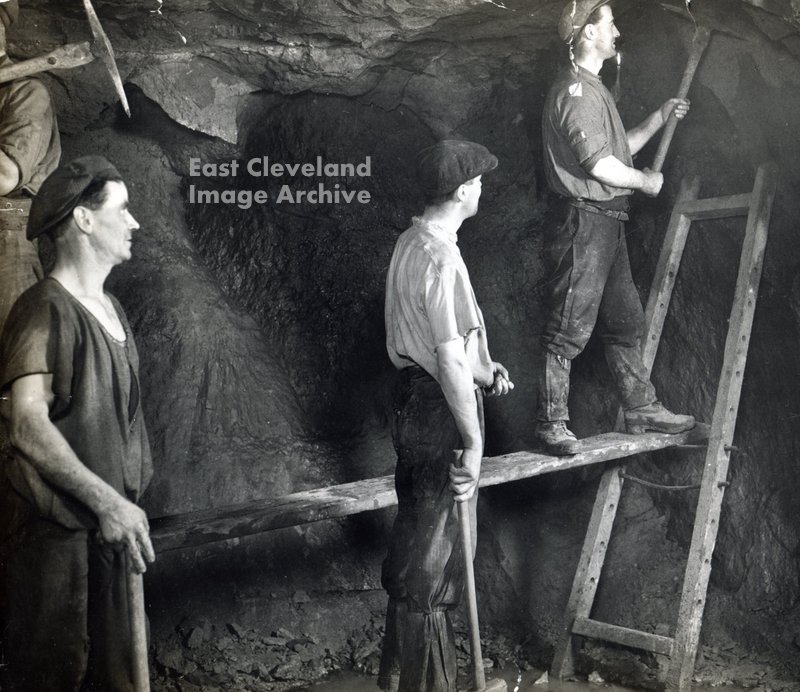
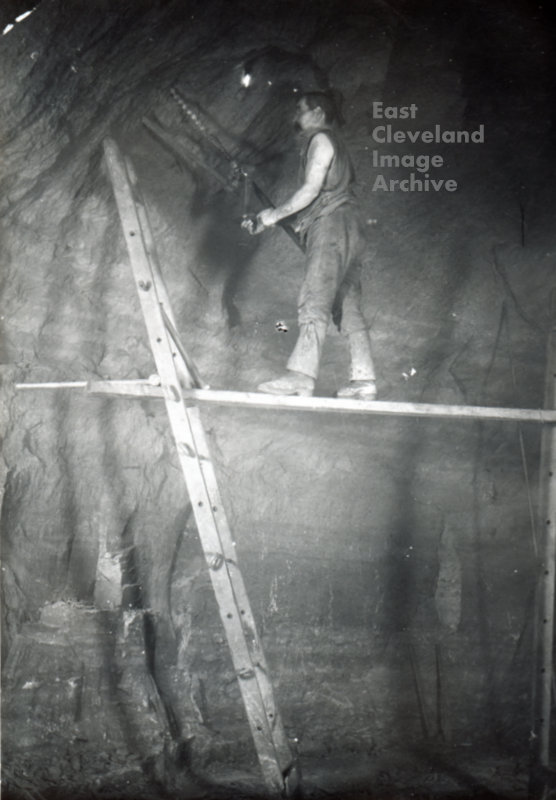
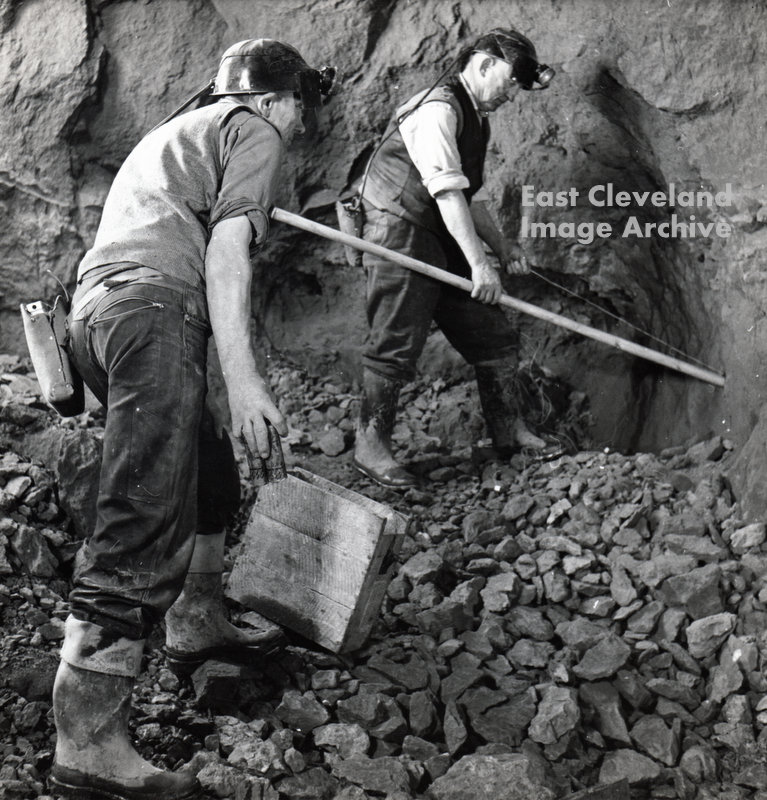
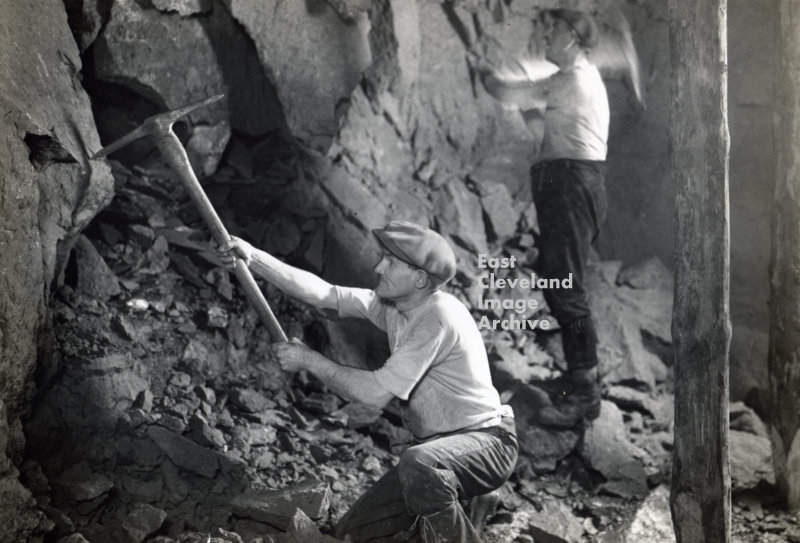
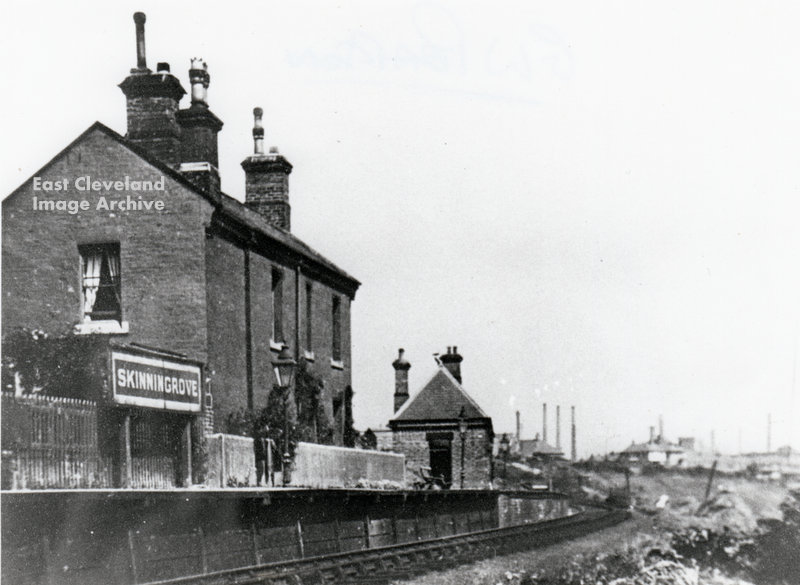
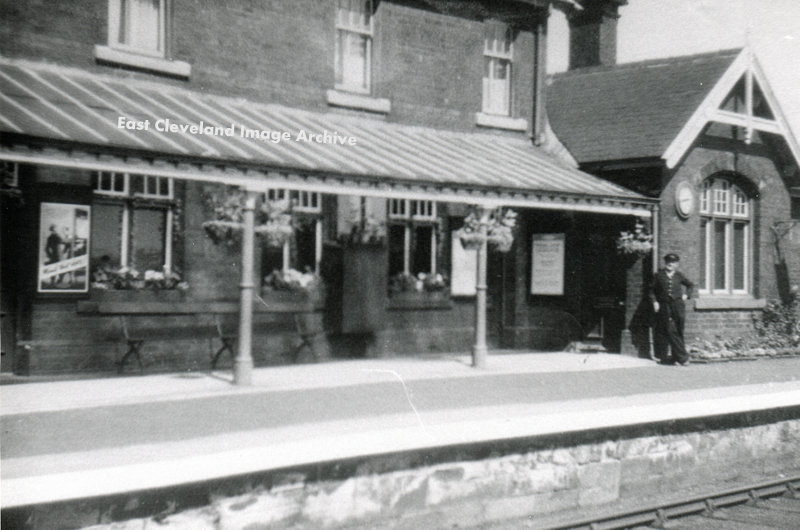
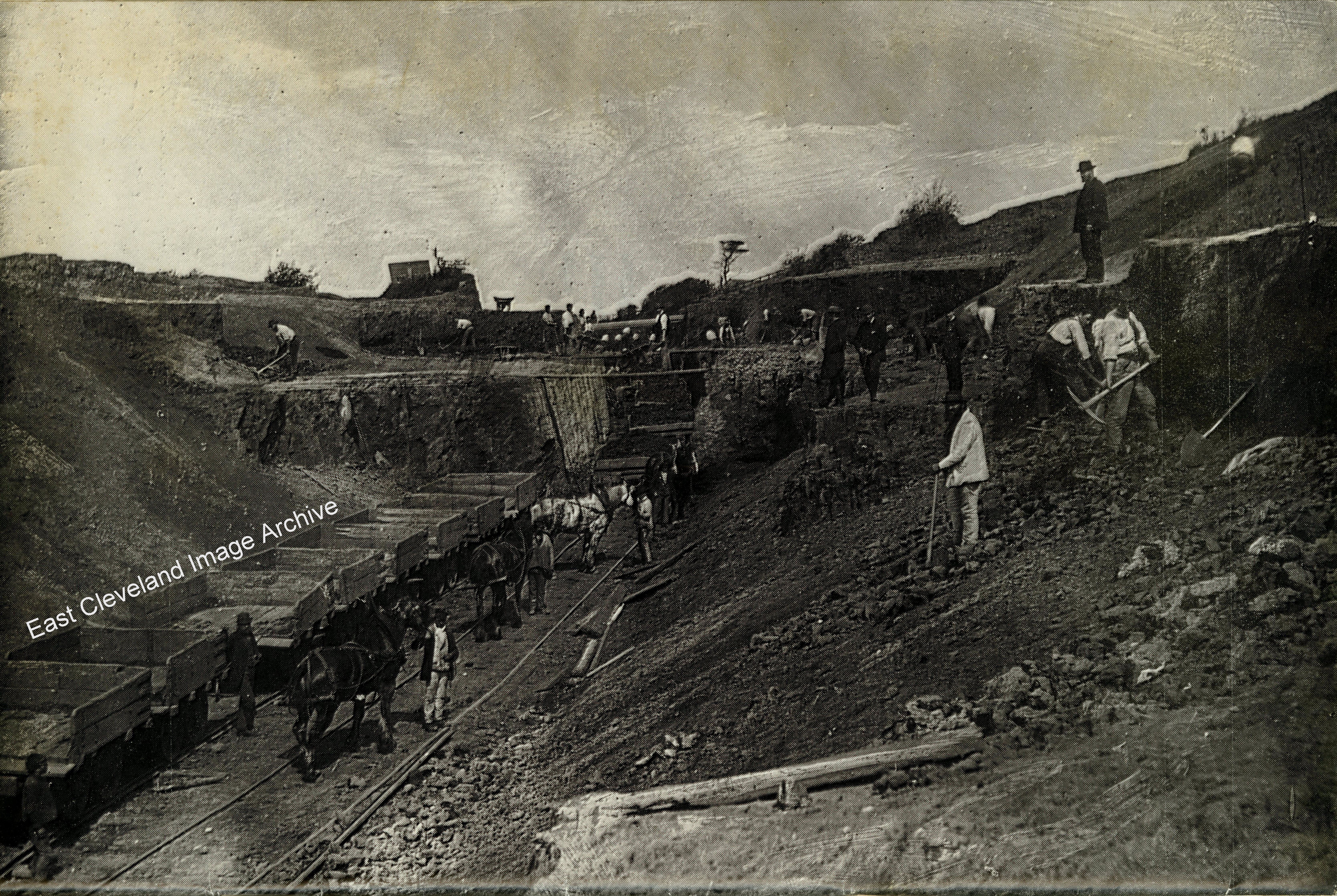
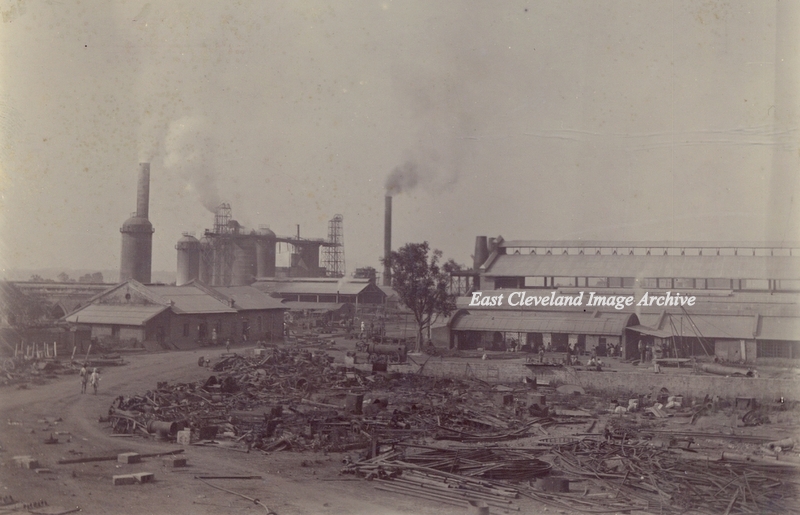
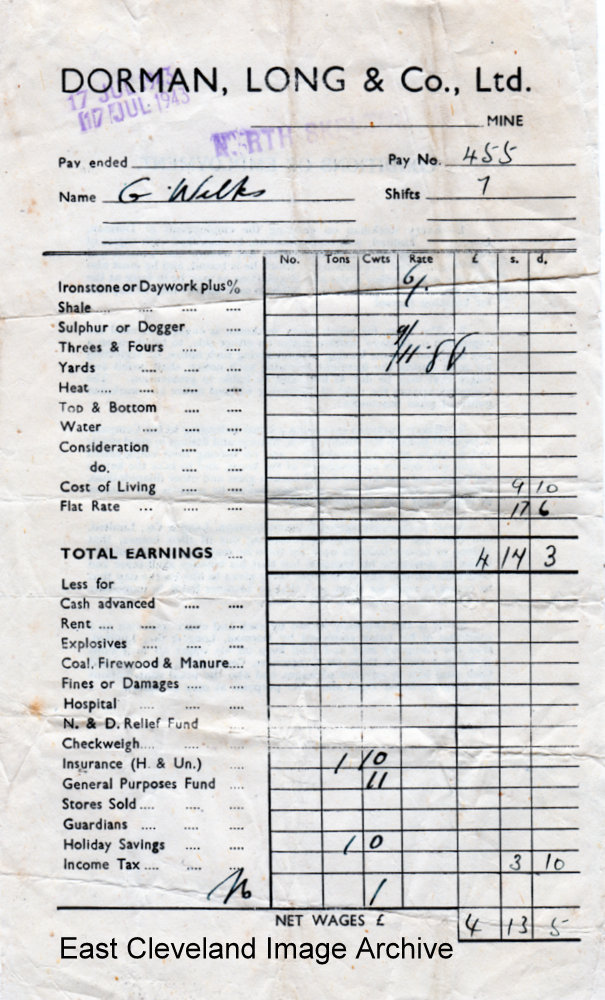
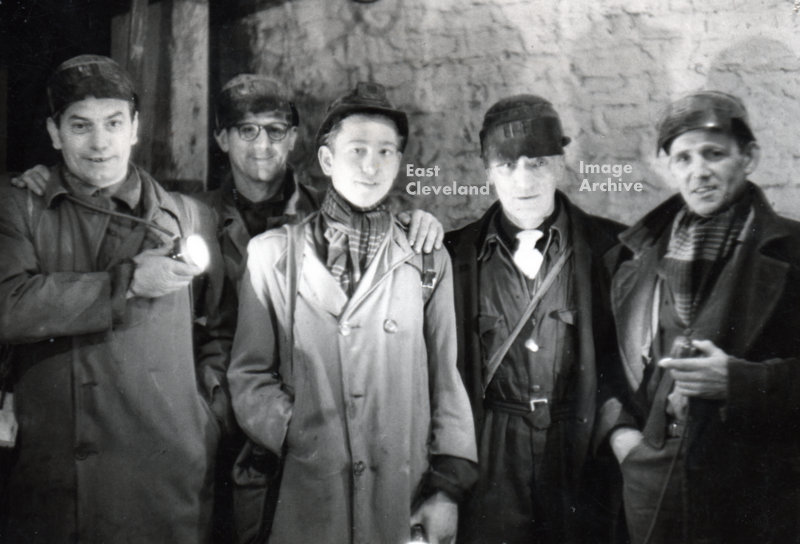
Recent Comments